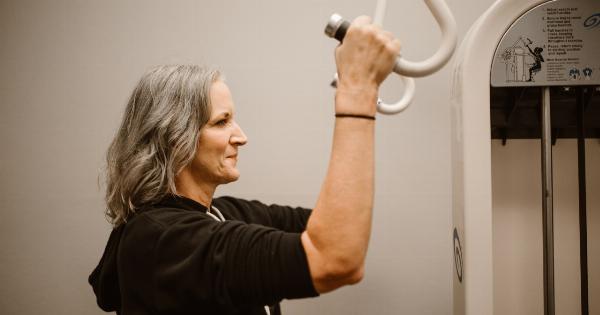When it comes to hiring new employees, the goal is to find the perfect fit for your team. However, no candidate is perfect, and all of them have their quirks and flaws.
In fact, these imperfections are often referred to as “candidate warts.” While they might not be deal-breakers, candidate warts can impact the hiring decision and the work environment. In this article, we will discuss everything you need to know about candidate warts.
What Are Candidate Warts?
Candidate warts are the flaws or imperfections that candidates have that could potentially impact their job performance or work relationships.
These can be anything from a lack of experience in a specific area, an unprofessional social media presence, or even a reputation for being difficult to work with.
Candidate warts are not always immediately apparent, and many candidates might try to hide them during the hiring process. However, it’s important to identify these imperfections early on to make an informed hiring decision.
The Impact of Candidate Warts
While candidate warts might not necessarily disqualify a candidate, they can impact the job performance and the work environment. For example:.
- A candidate who lacks experience in a specific area might need additional training, which can be time-consuming and costly.
- A candidate with an unprofessional social media presence could reflect poorly on the company’s image.
- A candidate with a reputation for being difficult to work with could create conflicts in the workplace.
It’s important to weigh these factors when making a hiring decision and determine if the candidate’s strengths outweigh their candidate warts.
How to Identify Candidate Warts
Identifying candidate warts can be challenging, as many candidates will try to hide them during the hiring process. However, there are a few things you can do to identify potential candidate warts:.
- Review the candidate’s resume and look for gaps in employment or a lack of experience in a specific area.
- Perform a background check to uncover any past legal issues or negative social media activity.
- Ask behavioral interview questions to gauge how the candidate handles difficult situations and works with others.
- Ask for references to get a better understanding of the candidate’s work style and personality.
By using these methods, you can uncover potential candidate warts early on and make a more informed hiring decision.
Dealing with Candidate Warts
Once you’ve identified a candidate’s warts, it’s important to determine how to deal with them. Here are a few strategies:.
- Provide additional training or support to help the candidate overcome their lack of experience in a specific area.
- Address any social media activity that goes against the company’s values or could be viewed as unprofessional.
- Beware of hiring a candidate with a reputation for being difficult to work with without first assessing if they will be able to work with others.
Each candidate wart is unique, and the way you deal with it will depend on the specific situation. However, it’s important to address these issues early on to ensure that they don’t impact job performance or the work environment.
Conclusion
Candidate warts can impact the hiring decision and the work environment. It’s important to identify these imperfections early on and determine how to deal with them.
By doing so, you can find the best fit for your team while ensuring that candidate warts don’t negatively impact job performance or the work environment.






























